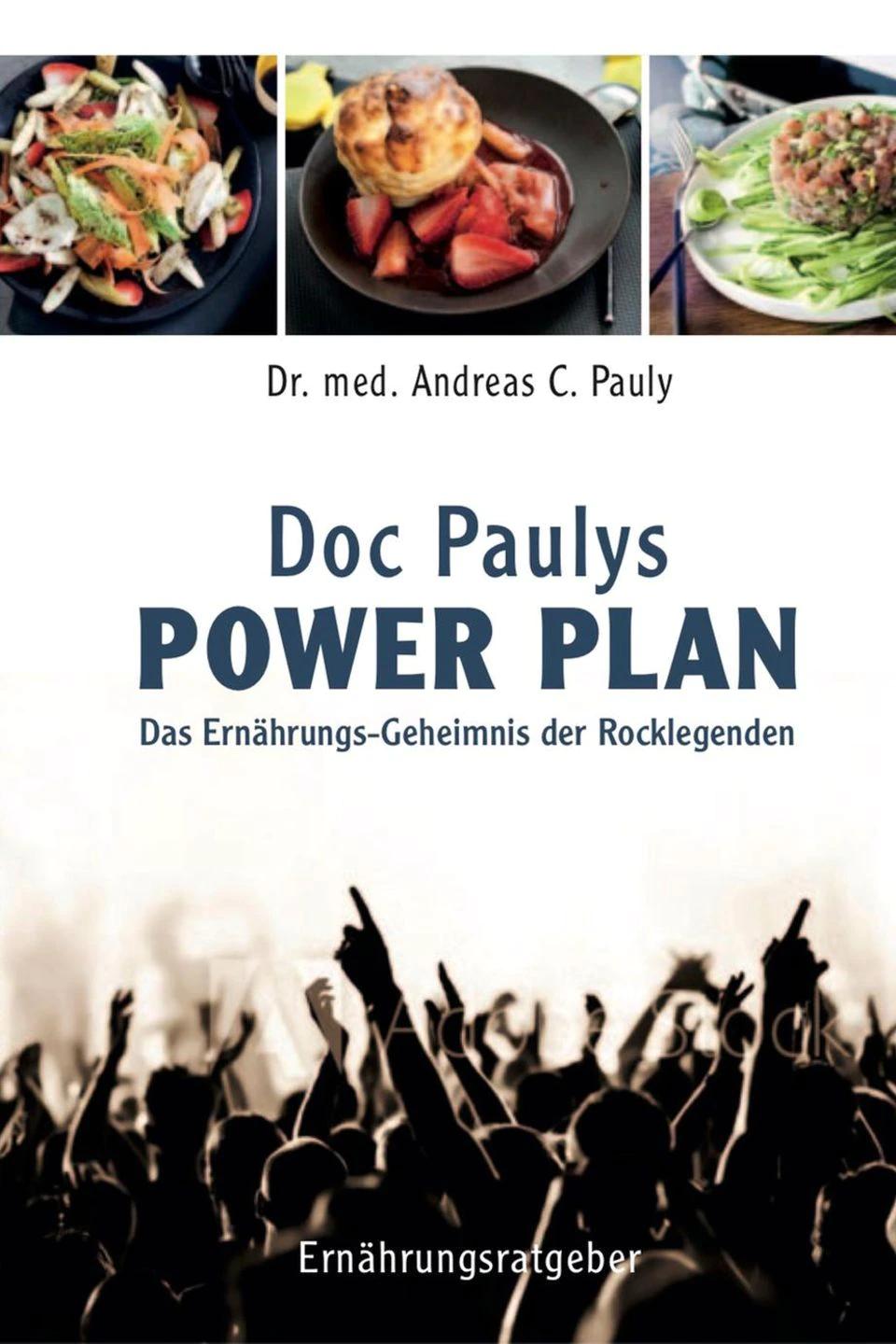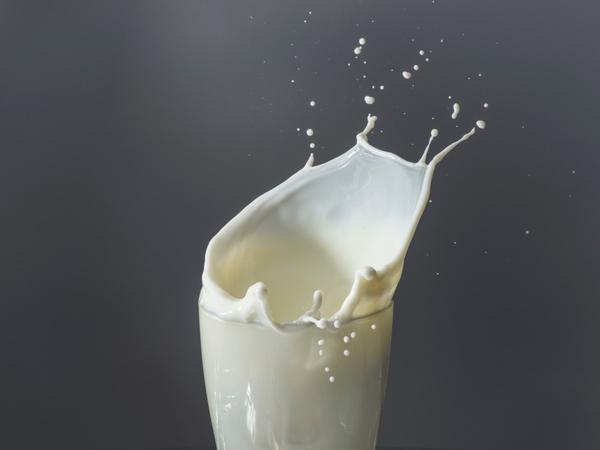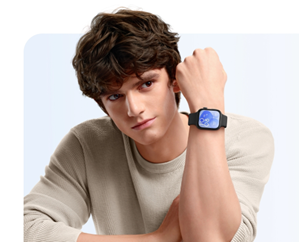
Our body is our capital. Of what use are the most beautiful plans and the most ingenious thoughts if we no longer have the strength to implement them? It is therefore worth carefully maintaining the “machine” that moves everything – and taking preventive action!
1. Watch what you drink
In fact, drinks are more important to our bodies than solid food. Of course, water and fruit or herbal teas should be mentioned first. You can drink as much as you like. It should be at least two liters a day. If you sweat a lot because it's warm or because you're doing sports, you'll quickly need three liters or more of fluids. Be careful with sugary sodas, colas and energy drinks as they have way too many calories. But also with fruit juices, which have practically as many calories. They should therefore be drunk as fruit spritzers, with less than a third of the fruit juice content. Buttermilk and whey can occasionally be an alternative, as can vegetable juices. There are also no qualms about drinking black tea and coffee in moderation. The occasional glass of wine is even good for your health, at least that's what the results of various studies show. With larger amounts or high-proof alcohol, however, the effect is reversed: the dose makes the poison!
2. Eat more vegetables and fruits
Vegetables should be the most important part of our diet. Here you can really enjoy to your heart's content, because it contains comparatively few calories with plenty of volume. That means your stomach will tell you when you feel full. Overeating is practically impossible. Vegetables also contain carbohydrates, but due to the high proportion of fiber, the influence on blood sugar levels is small. Above all, vegetables contain many vitamins and minerals. There are also valuable secondary plant substances. This refers to ingredients that are not essential for the plants themselves or for human metabolism. Nevertheless, many of them have extremely positive effects. The digestive effect of herbs and spices, for example, is due to such secondary plant substances.
The situation is somewhat different with fruit, as it contains plenty of fructose and sometimes also starch, especially bananas, pineapples and grapes. But if you stick to a ratio of about 80 percent vegetables and 20 percent fruit, then you are also in the safe range here. The healthiest are berries because they have a low fructose content and are rich in secondary plant substances.

3. Eat more omega-3 fatty acids
Good vegetable oils such as linseed, rapeseed and walnut oil are important, but also algae oil. We should eat more of these because they contain healthy omega-3 fatty acids. Linseed oil contains a high proportion of the omega-3 fatty acid alpha-linolenic acid, also known as ALA for short - it contains less linoleic acid, which is one of the omega-6 fatty acids. The difference between these two unsaturated fatty acids lies in the position of the carbon double bonds. Omega-3 fatty acids are particularly important for health because they have an anti-inflammatory effect. They have positive effects on blood circulation, blood pressure, blood lipid levels and the elasticity of the arteries, which protects against cardiovascular diseases in particular. Omega-6 fatty acids promote inflammation. Unfortunately, omega-3 fatty acids are much less common in today's diet than omega-6 fatty acids. Ideally, we nutritionists recommend a ratio of 1:2, but at least 1:4 – which, however, very few people achieve. This is why cooking oils rich in alpha-linolenic acid are so important. The second good source of omega-3 fatty acids are fatty sea fish such as salmon, herring and mackerel, as well as seaweed. These contain the omega-3 fatty acids eicosapentaenoic acid, or EPA for short, and docosahexaenoic acid, or DHA for short.
4. Rely on protein-rich foods
These include legumes such as lentils, chickpeas, beans, including all soy products that are so important for vegetarians and vegans. Also nuts, oilseeds (e.g. flaxseed, chia), eggs, dairy products, if possible with reduced fat and lean meat, especially poultry. Fish should end up on the plate at least twice a week (see above). A good protein supply is particularly important for our well-being. Eight amino acids are essential, which means our body cannot produce them itself. Since they are not found in the same amount in all protein-rich foods, it is important to eat a varied diet. This is especially true if you completely avoid a whole group of protein suppliers, for example because you suffer from lactose intolerance and have to do without many dairy products or are a follower of a vegetarian or vegan diet. It is therefore extremely important, especially for vegans who avoid any animal protein, to combine vegetable protein sources that complement each other well, such as beans and corn. Of course, all these protein-rich foods should not be eaten in large quantities. It is always good to combine vegetables or fruit with protein-rich foods.
5. Eat (in moderation) whole grain products instead of sugar and white flour
Whole grain products such as whole grain bread, whole grain pasta, whole grain rice and unsweetened whole grain cereals are high in carbohydrates, but due to their fiber content they do not drive blood sugar levels into dizzying heights heights. If you are healthy and happy with your weight, you can incorporate small portions into your diet. But if you want to lose weight or if you need to lower your blood sugar level, then these are largely unsuitable for you.
The absolute exception should remain: Sweets of all kinds, lemonades, biscuits, cakes, white bread and other white flour products, but also potatoes, corn, cornflakes and other sweetened cereals.
6. Keep moving
The first step to becoming fitter and leaner is to sit less and build more activity into your daily routine. My top priority is to take the stairs whenever possible instead of the elevator. Climbing stairs really gets our circulation going and is one of the best workouts of all. You can also use escalators – oh wonder! – walk independently instead of just being passively transported upwards. Get off the bus a stop or two early and walk the rest of the way as briskly as possible. It is also important not to sit for more than an hour at a time. Get up after 60 minutes at the latest, walk a few steps and stretch your body. Maybe it's even time for a short gymnastics session. A gymnastics band for particularly effective exercises fits in every desk drawer. Stand up and walk around during a call; that also stimulates the thoughts. It is also helpful to temporarily exchange the office chair for a standing desk or a sitting ball. Take the bike instead of the car to go shopping. The best time is when the sun is really shining. You will be amazed at how energetic and cheerful you return to your work afterwards.
7. Find an exercise you actually enjoy
Don't feel bad if you can't make it to the gym or track every day. Better to do cardio for more than 30 minutes two to three times a week than just 10 to 15 minutes every day. Because it takes time to boost the fat metabolism. On the other hand, it doesn't simply switch off when you've finished your training program. Suitable sports are, for example, running, swimming, cycling or walking, all of which promote endurance and can be individually dosed depending on the level of performance. Dancing is also a great thing that is not only good for the body, but also for the soul and social life. But the main thing is that you really enjoy challenging your body. Only then will you be motivated enough to give sport a regular place in your life. So find something that suits you!
Occasionally one hears the advice that instead of doing cardio sports, it's better to go to the gym and build muscle. The reason: A kilo of muscle mass burns more calories than the same amount of body fat even at rest. That's true, but the benefit isn't so significant that it forces you to do a workout you don't like. First of all, muscles at rest don't stay muscles for long if you don't use them. Our body thinks very economically and quickly breaks down the energy guzzlers if they don't seem to make any sense. A big biceps only stays big through appropriate strength training and not if you switch back to running at some point because you like it much better.
8. Do you have plans
Anyone who has goals and still wants to make a difference never looks old. The most attractive people are always the ones who are completely themselves and radiate enthusiasm for what they do. Wrinkles and gray hair don't change that. Those who have plans don't have time to feel old. He's busy with more important things!
9. Find contact with younger people
What could be more boring than always discussing the same generation-typical problems with people of your own kind? Of course, it's kind of comfortable being around people who are on the same wavelength. More stimulating, however, are those who are completely different – different generation, different gender, different origin, different social background. They bring new experiences and ideas with them and inspire your own creativity. Because innovations usually only come about where opposites collide. It doesn't have to really crack, but at least crackle a bit.







